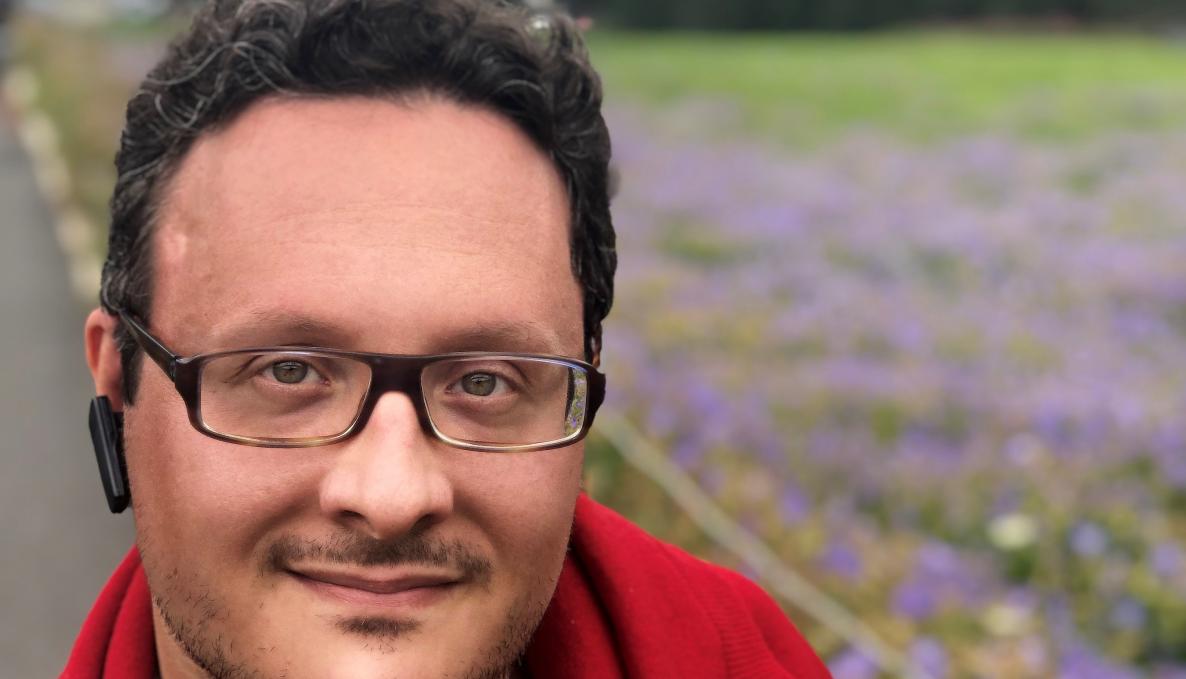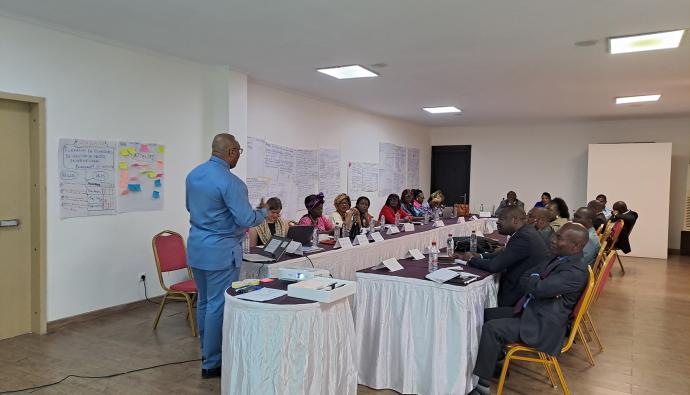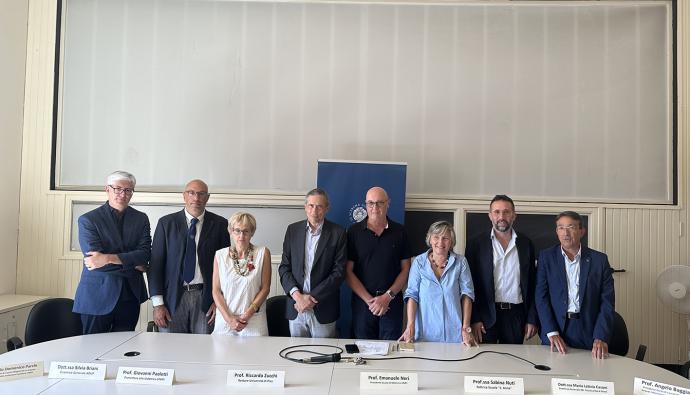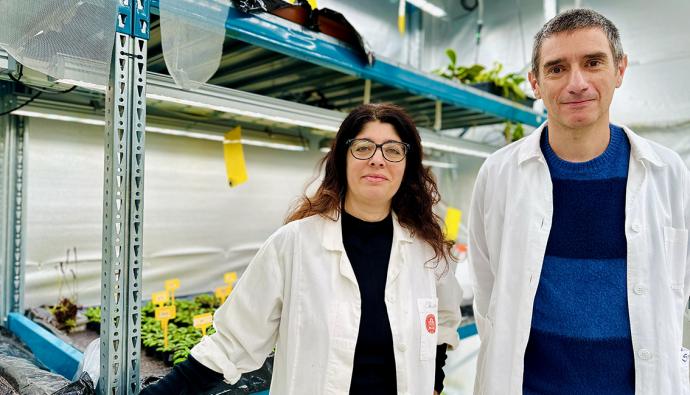Satellites will be able to fly in the upper atmosphere, the one close to Earth, thanks to innovative propulsion systems powered by solar panels: the European Research Council is funding Tommaso Andreussi's project with a "Consolidator Grant"

Making possible the flight of satellites in the upper atmosphere, the near-Earth atmosphere, between 150 and 250 km altitude, through innovative propulsion systems powered by solar panels: this is the goal of the BREATHE (Building a space Revolution: Electric Air-breathing Technology for High-atmosphere Exploration) project, winner of an ERC (European Research Council) Consolidator grant awarded to Tommaso Andreussi. It is a project that passed a long and complex selection process, during which Andreussi competed against more than 2200 researchers from across Europe. At the end of the selection process, the ERC awarded funding to only 321 researchers, and only 21 projects were awarded to Italy.
The goal of the BREATHE project is to enable satellites to fly in the upper atmosphere, between 150 and 250 km altitude. Flying satellites closer to Earth offers radical advantages in terms of performance of on-board instruments (such as antennas, cameras, radar), orbit accessibility, and sustainability with respect to space debris. However, the atmosphere, although rarefied, offers resistance to the motion of satellites and does not allow them to be maintained for long at these altitudes. This barrier can be overcome by harnessing the atmosphere itself, collecting it and then accelerating it into a thruster powered by solar panels, as the BREATHE project proposes to do.
"Recreating in a laboratory the environment in which the satellite operates poses significant difficulties, which severely limit the availability of data needed to validate theoretical models and optimize thrusters. For this reason", Tommaso Andreussi explains, "my project focuses, on the one hand, on the study of the processes underlying atmospheric electric propulsion and, on the other, on the development of a controlled test environment, combining small-scale experiments and numerical simulations. These basic research activities, carried out considering nano-satellites", he continued, "will serve to pave the way for in-orbit demonstration of the technology.
Tommaso Andreussi was an honour student of engineering from 1998 to 2003 at the Sant'Anna School, earning a bachelor's degree in Aerospace Engineering at the University of Pisa in 2003 and, in 2008, a doctorate in Mathematics for Technology and Industry at the Scuola Normale Superiore. The activities carried out by Tommaso Andreussi during his doctorate and in the following years were related, mostly, to the physics of plasmas and electric propulsion for aerospace applications. In the years after receiving his doctorate, he directed experimental research for the development of innovative thrusters first as a researcher and later as head of research and development activities at SITAEL, a leading European company in the field of electric propulsion. Since the end of 2022, Tommaso Andreussi has returned fully to the world of academia, holding the position of researcher at the University of Pisa, and in the coming months, by decision of the Academic Senate, he will be called as full professor of Aerospace Engineering at the Sant'Anna School. Since the conception stage of BREATHE, in fact, Tommaso Andreussi had chosen the Sant'Anna School as a possible institution to carry out the project.
"With great satisfaction the school senate and the board of directors have approved the proposal to call Tommaso Andreussi directly to the School as a full professor, which will serve to strengthen the interdisciplinary work that the School is already doing on space-related issues, while maintaining maximum collaboration with the University of Pisa.-said Rector Sabina Nuti- We also think it is interesting and positive to welcome a researcher who has carried out research activities in the corporate context for many years. This is also a way to bring the business world closer to the world of university research".
On returning, after 20 years, to the Sant'Anna School as a full professor of Aerospace Engineering, Tommaso Andreussi says he is "really happy for this opportunity. I have to thank Rector Sabina Nuti and the director of the Institute of Mechanical Intelligence, Massimo Bergamasco, for immediately and enthusiastically accepting my project. I am also convinced that the decision to extend the research areas of the Sant'Anna School will be successful and, for my part, I intend to make the maximum contribution to achieve this goal".
"The Institute of Mechanical Intelligence of the Sant'Anna School", comments director Massimo Bergamasco, "has been conducting research in the field of robotics and sensor technology for space for a number of years and has been involved in a number of projects of the Italian Space Agency and the European Space Agency. The call of Tommaso Andreussi is therefore of extreme interest to expand and strengthen knowledge and research activities in the space field.
On the cover: Tommaso Andreussi



